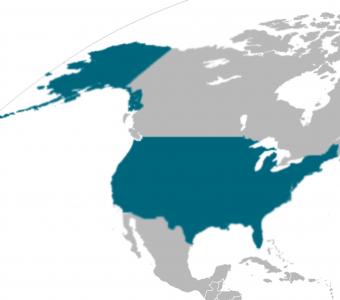United States
Recent Activity
Recent Activity
Over three-quarters of Taiwanese immigrants own their home, and almost as many hold a bachelor's degree or higher. MPI's Serena Yi-Ying Lin examines the population's size, geographic distribution, and socioeconomic characteristics.
This discussion is an overview of a report undertaken by a team at the Columbia University School of International Public Affairs which examines the U.S. refugee resettlement Program and offers a strong set of recommendations and observations about the program.
MPI's Muzaffar Chishti and Claire Bergeron report on President Barack Obama's decision to send 1,200 National Guard troops to the Southwest border, the continued debate over Arizona's immigration law, the State Department's 2010 trafficking report, increased U.S. immigration application fees and more.
This briefing focuses on migrants higher rates of on-the-job injuries.
The 1.6 million Indian immigrants in the United States are the country's third-largest immigrant group and one of its best educated and fastest growing during the 2000s. MPI's Aaron Terrazas and Cristina Batog use the latest federal data to explore the population's size, geographic distribution, and socioeconomic characteristics.








